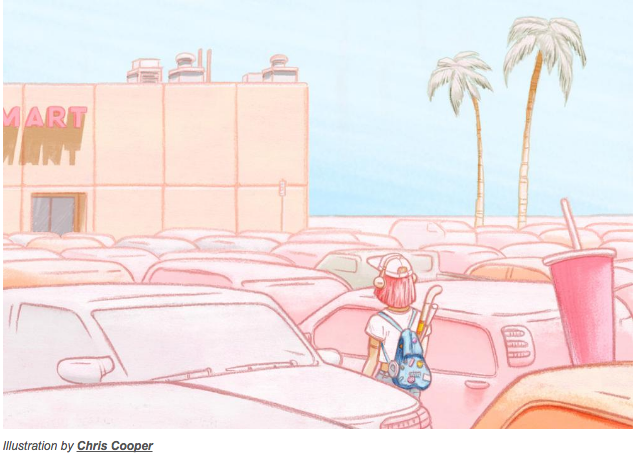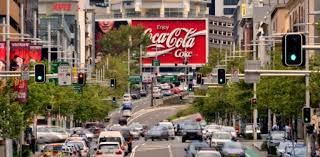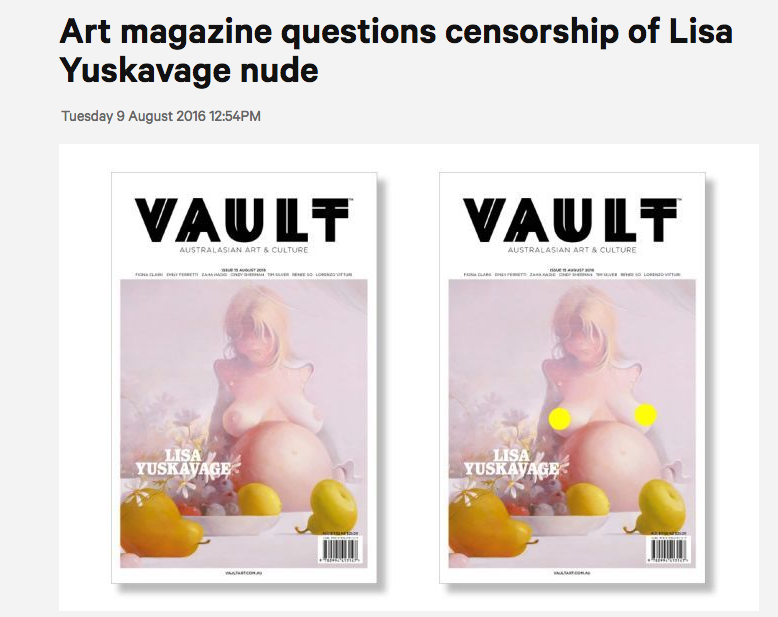The trouble comes, though, when a national crisis that shapes the lived experience of millions is linked to the corrosive myth that makes immigrants the scapegoat for the country’s woes. Aside from the fact that economists have confirmed that housing affordability is the result of supply issues such as taxation of new housing, infrastructure funding and planning bottlenecks, Smith’s use of language — “jumbo loads”, “ridiculous immigration” — conjures the pernicious image that immigrants are faceless hordes whose motivations don’t spring from individual dreams and circumstances but some collective desire to game the system.
- I have a new column up at SBS Life about the dangers of blaming immigration for Australia’s housing crisis.



